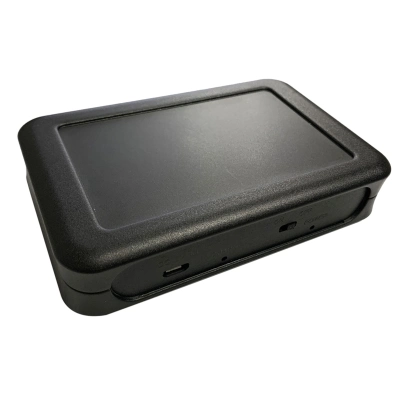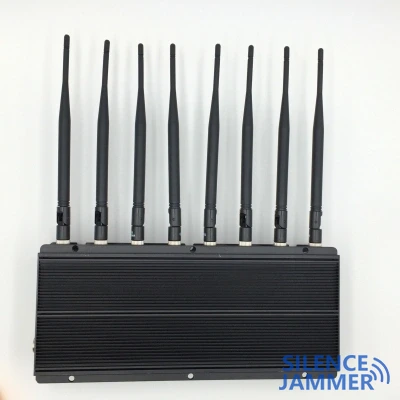New South Wales' plan to deploy cell phone scramblers in prisons is facing many challenges and uncertainties. As the five-year technology trial in Lithgow draws to a close, although initial results show that the technology has shown some success during the trial, there are still many obstacles and complex considerations for its promotion across the state.

The results of the Lithgow trial provide an important reference for the New South Wales prison system. During the trial, cell phone scramblers in the prison successfully blocked the propagation of mobile phone signals, effectively preventing prisoners from using mobile phones, thereby reducing illegal communications and management difficulties within the prison. In a statement last month, the Australian Communications and Media Authority (ACMA) pointed out that no complaints were received during the trial about the technology interfering with mobile services in surrounding areas. This result undoubtedly provides some confidence for the continued promotion of the technology. However, the ACMA also emphasized that the relatively isolated geographical location of the trial facility makes it relatively easy to isolate the interference between the jamming signal and the surrounding telecommunications environment, which may be difficult to replicate in other facilities.
In addition, other prison trial sites, such as Goulburn, located between Sydney and Canberra, are also conducting similar trials, but their geographical location is close to residential areas, which makes the deployment of cell phone scramblers more challenging. In a joint submission to ACMA, the Australian Mobile Telecommunications Association (AMTA) and the Communications Alliance made it clear that supporting the success of the Lithgow trial does not mean they will support the same approach in all facilities. They stressed that the environment of each prison is unique and solutions must be assessed and tailored on a case-by-case basis.
In order to roll out this technology across the state, the New South Wales Corrective Services Department needs to obtain individual exemptions from the ACMA for each prison. This exemption is the legal basis that allows the Lithgow and Goulburn trials to proceed. ACMA's position is that any new facility cell phone jammer deployment must undergo a rigorous review and approval process to ensure that it does not cause unnecessary interference to the surrounding communication environment.
In the face of future challenges, the New South Wales government is also considering alternative technologies to prevent prisoners from using mobile phones. For example, the government may introduce new monitoring technologies or improve the existing prison management system to enhance control over prisoners' communications. These alternatives may include more advanced monitoring equipment, more efficient signal interception technology, and smarter prison management systems, the application of which is intended to improve prison security and management efficiency.
At the same time, AMTA and the Communications Alliance are also paying attention to the long-term development of jammer technology, especially its potential impact on future 5G operations. The two agencies stressed that any jammer technology introduced after 2018 must include a built-in review mechanism to regularly evaluate and adjust the impact of the technology on 5G networks. This is critical to ensure the sustainable development of new technologies and the compatibility of future communication technologies.
In summary, although New South Wales' plan to promote cell phone scramblers in prisons has made some progress, its future development is still full of challenges. The government and relevant agencies need to find a balance between technological innovation and practical application, while taking into account laws and regulations, technical feasibility, and the opinions of the public and the communications industry. Only through multi-party cooperation and scientific evaluation can we ensure that this technology can improve the level of prison security management while minimizing the impact on the surrounding communication environment and promoting prison management technology to a more efficient and intelligent direction.




